Effective risk management is not just about plants and buildings. There is also crime and other less predictable risks - such as product breakdown liability - to worry about, Scania’s Martin Sijmons believes
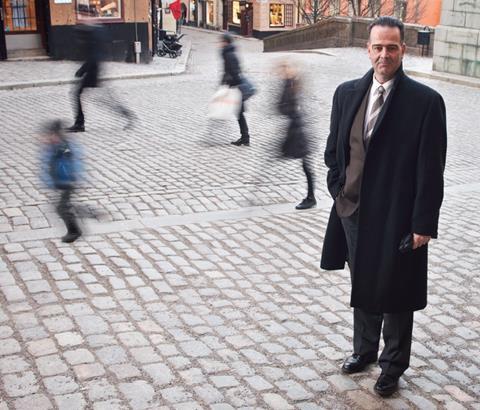
Ten years ago Sweden’s truck and engine manufacturer Scania suffered a rare event - a €1.7m fraud at its subsidiary in Malaysia. That got Martin Sijmons, Scania’s corporate insurance manager, thinking.
Here was a company with a long history of effective risk management of its extensive physical assets, including 17 production sites and 450 wholly owned garage/workshops. Indeed, Scania was one of the pioneers of Sweden’s highly efficient and much-admired Scania Blue Rating fire safety system, jointly developed in the 1990s with Willis, Cigna (now ACE) and Winterthur (now XL). Thorough, transparent and relatively simple, it’s based on a 23-point checklist performed on site. Adopted by most of Sweden’s commercials giants from competitor Volvo to retailer H&M, it’s considered a key element of the manufacturing economy.
But the fraud confronted Scania with a risk of a different kind for which it was not properly prepared, in Sijmons’s opinion. It highlighted a need to be ready even for incidents and claims that happen less frequently.
“Scania’s physical assets were well protected,” says Sijmons. “We knew how to do that. But we were not well enough prepared for a major crime loss and other less predictable risks. Insurers don’t typically do maximum possible loss scenarios for crime, product liability and director and officer liability that might expose the company to shareholder action.”
For Sijmons, the difficulty is that the exposure is largely unknown, often regional or local, and therefore often more difficult to measure. “A physical risk is a universal risk,” he says. “A fire in a factory in Brazil is the same as a fire in France because there are common elements in these plants. But product liability is much more complicated. If a Scania school bus were to crash in UK, the company’s exposure would likely be very different if that were to happen in, say, Africa. Not only are the laws different, but so is the culture in terms of the value that is put on people’s lives, unpleasant as that is.”
‘Insurance can be a lonely function. But there’s nothing like a major loss in our firm or somewhere else to wake people up to its importance”
Martin Sijmons, Scania
Similarly if one of Scania’s emergency generators failed to start up during a power blackout at a US hospital, the liability risk would most likely be substantial. Loss-of-life and other claims could result from a brake failure in a heavily laden truck or from an engine fire on a ferry that in a worst-case scenario led to its sinking. In short, any one of these could result in a catastrophe with long-tail consequences.
“In such events it’s much harder to know if the sum insured is correct,” he says. “But unfortunately underwriters appear less interested in these issues. I believe it’s something we need to look at. More has to be done.”
D&O risk on the rise
The rise of shareholder claims against companies deemed negligent also concerns Sijmons as well as senior company executives. More and more frequently, he receives phone calls from top brass around the world asking whether they’re covered against the kind of class actions that are routinely prosecuted in the more litigious jurisdictions, as BP will vouch in the wake of the Deepwater Horizon disaster in US waters in the Gulf of Mexico.
“I get questions from my directors in Brazil and Australia and elsewhere, asking: ‘What’s my risk if something like this were to happen?’”
For a company operating in more than 70 countries, this is clearly a highly pertinent issue and Sijmons would like brokers and underwriters to put more thought and effort into it by identifying local or regional exposures. It would, for example, be helpful in assessing Scania’s ultimate exposure if it could draw on research showing the top five or 10 risks by region or locality.

“I would not be surprised if Scania were to get a D&O liability claim from one of its smaller subsidiaries worldwide rather than a major claim made in Sweden against the parent company or its directors and officers,” he says.
As for product liability exposure, it’s becoming more challenging by the year. This is especially true in fleet orders such as buses when the purchaser, often a global fleet owner operator or municipal authority, seeks to make the supplier responsible for just about every possible failure leading to an interruption in the service or business. “The larger buyers want to stick as much as possible into the contract,” Sijmons says.
The fraud case in Malaysia illustrates the mounting financial exposure of firms such as Scania to risks not directly related to its products. Until the embezzlement occurred with the help of insiders at a local bank, Scania’s biggest loss had been the €680,000 that resulted from a fire at an engine test cell in Holland.
Agent of change
The insurance of assets is generally seen as a largely static function - a back-stop for the company when an unwanted event occurs. But this is not the case at Scania, where Sijmons views the insurance process not as a mere indemnity but as an agent of change. When his six-person office is presented with a claim, it’s standard procedure to work back to the source of the problem. “Why did this happen?” is the operative question. Thereafter procedures must be put in place to prevent the event from happening again.
“Incidents and claims must be visible,” he says. “All losses, big and small, should be reported to us. We mainly apply relatively small or zero deductibles. It may make for higher premiums but it means that almost all incidents and claims are reported to us.”
Despite its obvious usefulness in identifying company-damaging practices, to a manufacturer such as Scania the insurance function can all too easily be regarded as, if not quite irrelevant, then certainly not centre stage. “Insurance can be a lonely function,” says Sijmons.
“But there’s nothing like a major loss in our firm or somewhere else to wake people up to its importance.” He recalls an urgent phone call from a senior manager after the chief financial officer at another global company ran into legal trouble over failing to issue profit warnings as required by company law. “Am I insured for that?” he was asked.
Martin Sijmons: my top risks
1. Local regulations encroach on global cover
The pressure coming from local regulations is forcing global companies to write local policies that may conflict with carefully constructed group cover. One of the many objectives of single group cover is the control it provides over claims handling. For example, it gives the company discretion at corporate level about whether to trigger a policy or not. But when local policies are issued as part of group insurances, we may find that local subsidiaries actually trigger the group cover against the corporate interest.
2. Inadequate cover by foreign suppliers and customers
It’s ironic that a growing number of countries require many western companies to have local policies while suppliers and customers in those countries who want to do business with us quite happily go without the very same cover that Scania is supposed to have. These include business interruption, products liability, directors’ and officers’ liability, to name some key covers. It can be pretty frustrating to be seen as coming from a different planet when asking potential suppliers and business partners in China and India, for example, to have a minimum level of cover.
3. ERM frenzy
Many companies implement ERM functions or organisations without recognising the role of well-established corporate insurance or corporate risk management functions. It’s the thing to do. But far from ‘only’ buying insurance, as many think, a corporate insurance team like mine identifies risk, measures it, avoids it, minimises it and ultimately finances its management. We regularly outperform other corporate units in clear loss scenarios, risk information tools and in performance. My company is on its own ERM path, with different corporate units and functions increasingly developing a common risk language, common tools and all that. A professional and robust insurance team should have a place in any successful company.
CV
1981
Started in insurance as assistant to the account manager, Bekouw Mendez/Alexander & Alexander, Holland
1986
Became manager for international accounts, Bekouw Mendez/Alexander & Alexander, Holland
1990
Joined Alexander & Alexander Scandanavia as international manager of the global business unit
1996-8
Specialised in public products liability for Aon Sweden
1998
Joined Scania as an insurance specialist
2001
Appointed manager of corporate insurance





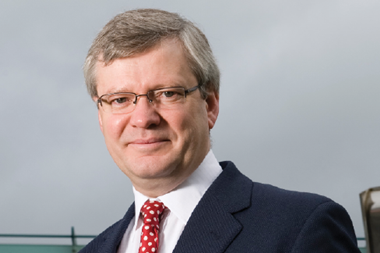
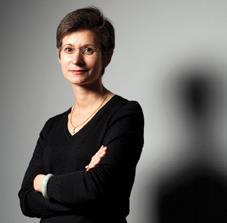
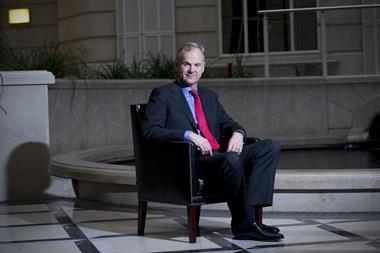
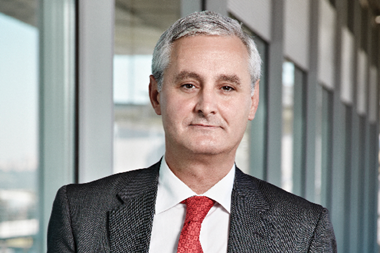











No comments yet